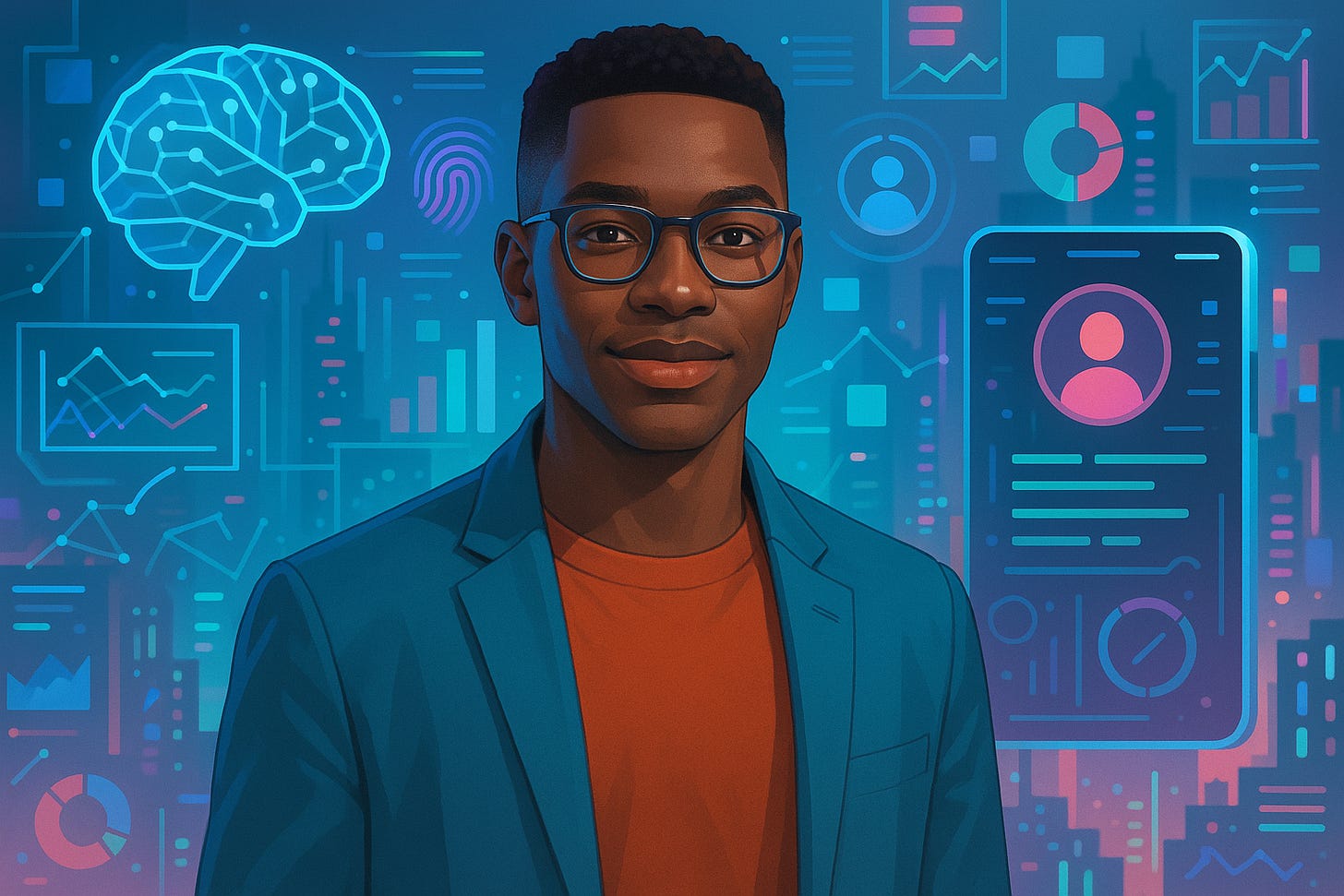Inside CB Insights’ 2025 AI 100
Startups are reshaping how AI is built, deployed, and governed—here’s what you need to know
In the ninth edition of CB Insights’ AI 100, analysts unveil the most promising early-stage companies redefining artificial intelligence. These are not the OpenAIs of today—they’re the next vanguard shaping tomorrow’s enterprise software, physical robotics, and autonomous systems.
How the winners were picked
CB Insights didn’t just throw darts at a hype board. This year’s AI 100 emerged from a pool of 17,000+ startups, selected based on a mix of quantitative signals (funding, revenue, Mosaic scores, growth rates) and qualitative inputs (CEO interviews, buyer feedback, analyst briefings). Think of it as AI picking AI.
Over $80 billion was raised by last year’s cohort, with five acquisitions and six unicorns birthed since the last list.
Agentic AI is no longer just a buzzword
The biggest transformation? The rise of agentic AI—autonomous applications that act on behalf of humans.
What started as single-task agents is rapidly evolving into multi-agent systems that collaborate, coordinate, and build end-to-end workflows.
“You're selling agents like you’re selling back-end software,” noted one investor. The implication? AI agents may become a foundational layer of enterprise infrastructure, not just a UI gimmick.
Startups like Crew AI are already enabling orchestration platforms where non-technical users can launch and combine agents with no-code prompts. This democratization, however, comes with risk.
Governance is now a strategic AI imperative
With great AI power comes the need for greater AI governance. As agents become autonomous and users spin up complex agent systems—often without coding knowledge—system brittleness, observability gaps, and model misalignment become real threats.
“Governance is no longer optional; it’s strategic,” said Muhammad Nahab of Mozilla Ventures.
The rise of “vibe systems” (voice-instructed agents, no code required) makes AI more accessible—but also more fragile.
Startups like Zama and ChainGuard are tackling the challenge head-on, building frameworks for AI monitoring, defense, and cryptographic safety, especially for open-source models.
Physical AI is coming faster than we think
The conversation around AI is finally leaving the screen.
Physical AI—embodied in robots, humanoids, and autonomous vehicles—is closer to commercialization than many expect.
Wave and WBI are pushing boundaries with human-like robots and autonomous trucking. Meanwhile, EdgeRunner and Genesis are building the chips and edge models that power them.
Underpinning this shift is the explosion of multimodal foundational models that go beyond text to handle images, video, and real-world context. Small language models (SLMs) optimized for edge devices are a critical enabler.
Vertical AI is scaling up fast
AI isn’t just horizontal anymore. In 2025, vertical AI solutions—built for specific industries—have collectively raised over $1.1 billion, surpassing horizontal and infrastructure categories.
Healthcare, financial services, and defense are leading the way, with AI tackling repeatable, high-value manual processes. Startups with deep domain knowledge and embedded experts are building more defensible moats and seeing faster adoption curves.
AI security is the new frontier
Nearly half of enterprise leaders cite security as their top barrier to adopting generative AI. It's not just about protecting data—it's about securing models, endpoints, and interactions in a landscape flooded with autonomous agents.
ChainGuard alone raised $300 million to protect open-source AI infrastructure. Security is evolving from a checkbox to a core layer of the AI stack.
What’s next: context, consolidation, and commercial maturity
Looking ahead, CB Insights predicts:
More agent M&A, as enterprises look to consolidate fragmented AI workflows.
Context-aware AI infrastructure that makes agentic systems smarter, safer, and more adaptable.
A surge in multimodal AI, where world models, image/video understanding, and behavior modeling converge.
Early-stage startups like World Labs, led by ex-Google and Stanford talent, are already scoring high on CB Insights’ Mosaic and commercial maturity indicators—even before product launches.
The bottom line
The 2025 AI 100 isn’t just a list—it’s a signal. AI is becoming more autonomous, more verticalized, more embodied, and more governed. The next era of innovation won’t just run in the cloud—it’ll run in agents, robots, and systems that build themselves.
And those shaping that future? They’re already here.


